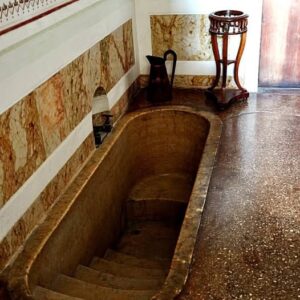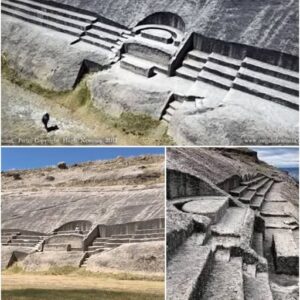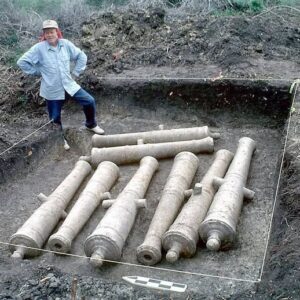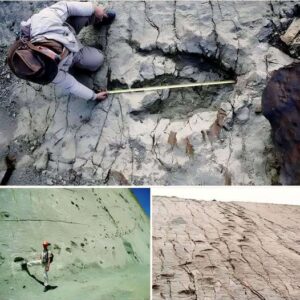An extraordinary archaeological breakthrough has recently captured the attention of experts and enthusiasts alike with the unveiling of a 4,000-year-old stone box tomb in Western Norway. This remarkable discovery, situated south of Vestkapp in Selje, Vestland, is being hailed as a monumental milestone in Norway’s archaeological history. Referred to as a ‘hellekistegrave,’ this tomb stretches an impressive four meters in length and surpasses a width of two meters.
What sets this find apart from others is its unique location in Western Norway, diverging from the typical discoveries made in regions like Buskerud, Østfold, and Denmark. The significance of this unearthing lies in its potential to illuminate the dissemination of agricultural practices within the area. Scholars are optimistic that the contents of this tomb could offer invaluable insights into the timeline and methodologies involved in the spread of agriculture, a pivotal development that first emerged in Norway circa 3950 BC, to the western reaches of the country.

The excavation of this ancient site holds the promise of unlocking a wealth of information regarding the cultural, social, and agricultural landscape of Western Norway during the Stone Age. As researchers delve deeper into the mysteries concealed within this millennia-old burial ground, they anticipate unraveling the intricate network of relationships that existed among the ancient communities inhabiting this region.
The unveiling of this 4,000-year-old stone box tomb stands as a testament to the enduring allure of archaeology and the boundless potential it holds in piecing together the rich tapestry of human history. Through meticulous examination and analysis, experts aim to reconstruct the past, providing a glimpse into the lives and customs of our ancestors and shedding light on the complex processes that shaped the world we inhabit today.
In conclusion, the discovery of this ancient tomb in Western Norway serves as a poignant reminder of the profound connection between our present and the enduring legacies of the past. It symbolizes a bridge across time, inviting us to journey back through the annals of history and glean wisdom from civilizations long gone, enriching our understanding of the intricate tapestry of human existence.





